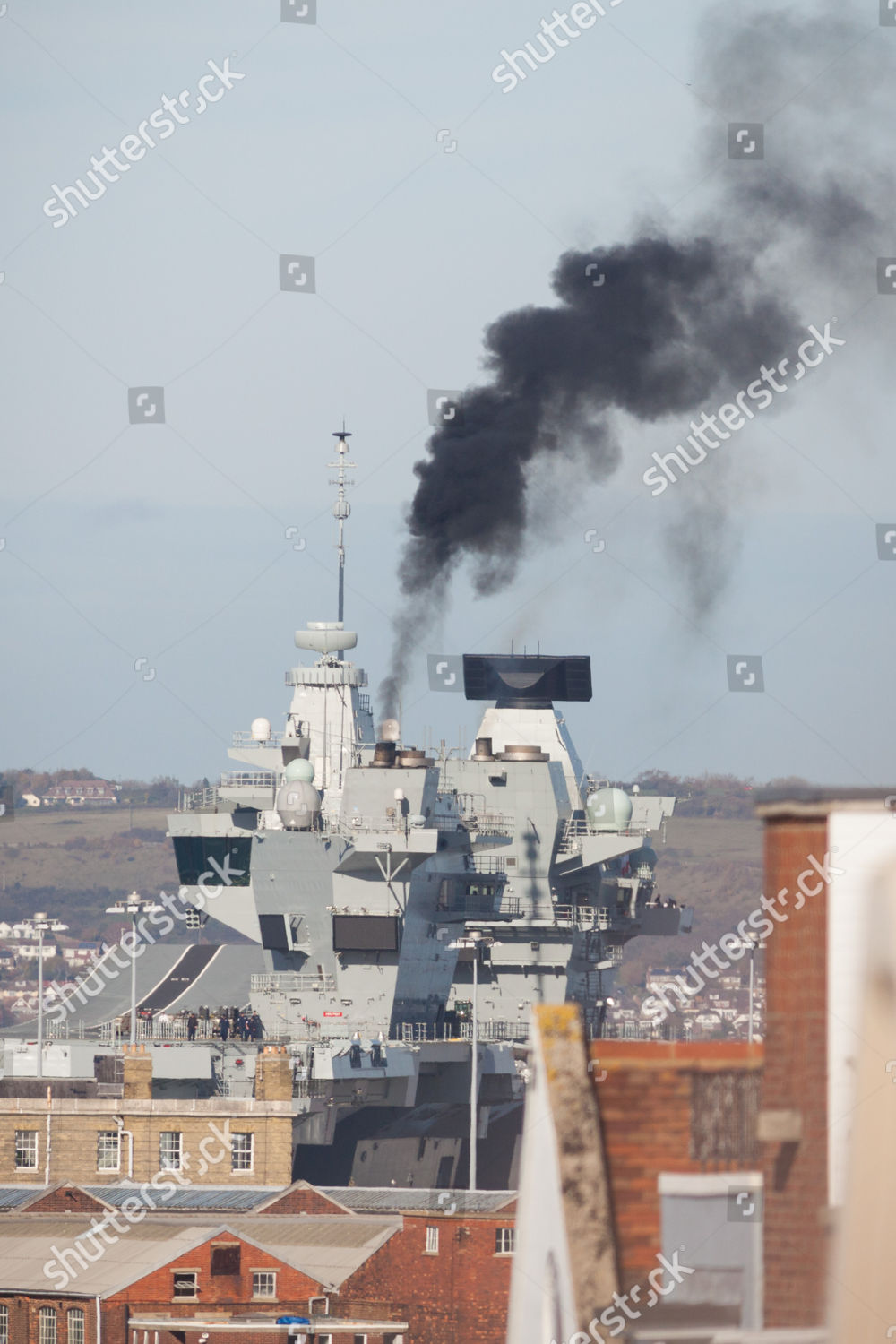It is a bit silly comment, every cold engine will spill black smoke when in cold., even the diesel engines - it takes a lot of playing with the fuel injection system to make it non-smoking during start up.
As a reference, the USA/UK naval ships emit smoke during start up as well.
The photographers usually has a chance to capture the ships during departure, when the engine is cold.
Yes, most all engines require a richer mixture for a clean start, all general aviation aircraft engines have a "primer" where you pump a small amount of raw fuel into a cylinder to get it to fire, sometimes during extremely cold starts you will need to continue to prime the engine... if it fails to start, the plugs may then ice up...
So a salamander style kerosene heater is an amazing asset in extreme cold weather ops....
back to the Liaoning, those boilers have been rebuilt to like new, they are kept very clean, and run very efficiently, but you are right, in fact at very low alititudes the old turbojet engines would smoke profusely, leading to the term "oil burner routes" to describe low altititude high speed military routes, where military aircraft were cleared in to operate up to 450knts...
Typically civil traffic is limited to 250knts below 10,000 feet to increase separation and decrease closure rates in the relatively congested airspace below 10,000 ft.
Back to the discussion at hand, civil aircraft have a "mixture" control that is typically set to full rich for ops below 5,000 ft, and then pulled to "lean" the mixture as you climb, increasing the engines power output and efficiency..
There is always an optimum mixture, and you're right, it requires a great effort to bring things up to temp and operated them in the most efficient manner...


